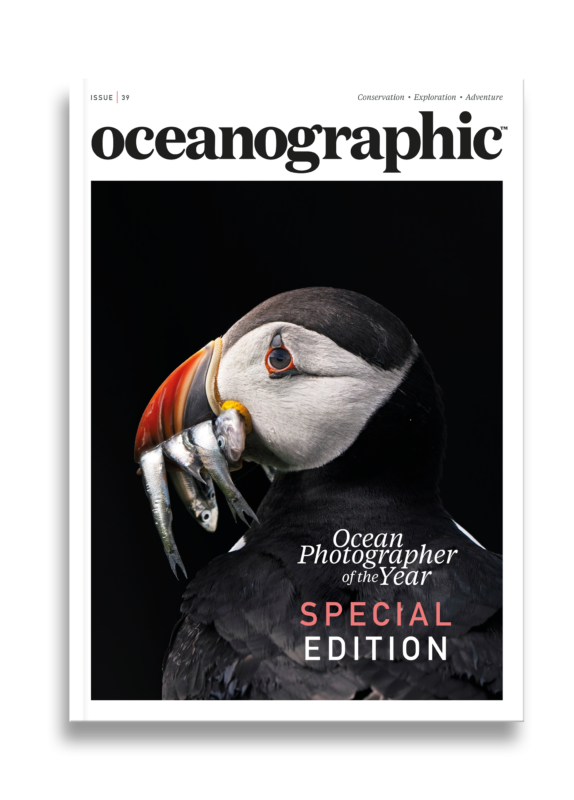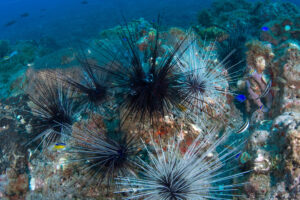Plastic pollution along Australian coastline at its lowest in a decade
With up to 53 million metric tonnes of plastic waste estimated to enter the aquatic ecosystems by 2030, researchers have been left "heartened" to see a significant decrease in plastic pollution along the beaches and coastlines of Australia.
Plastic pollution littering Australian coastlines has dropped by more than a third over the last decade, signifying a “heartening step forwards” in the fight against a tide of pollution estimated to reach 53 million tonnes entering the marine environment by 2030.
Doubling-down on the good news, the same survey – conducted by officials from CSIRO, Australia’s national science agency – recorded a 16% increase in areas assessed with “no plastic debris at all.”
Researchers surveyed inland, riverine, and coastal habitats across six metropolitan regions across Australia including Hobart in Tasmania, Newcastle in New South Wales, Perth in Western Australia, Port Augusta in South Australia, Sunshine Coast in Queensland, and Alice Springs in the Northern Territory.
Dr Denise Hardesty, senior research scientist from CSIRO and co-author on the study, said that with up to 53 million metric tonnes of plastic waste estimated to enter the aquatic ecosystems by 2030, it was “heartening to see a significant decrease in plastic pollution” on Australian beaches and coasts.
“Three quarters of the rubbish we find on our beaches is plastic, and flexible plastics such as food packaging are the most harmful to wildlife,” said Dr Hardesty. “Along with a 39% reduction in plastic waste in coastal areas, we also saw a 16% increase in areas we surveyed with no plastic debris at all.”
For the team, these are exciting developments. While there are still areas of concern – including the percentage of harmful pollution from cigarette butts and food wrappers – the “significant decrease in plastic pollution” overall can be taken as a ‘positive signal that the Australian public are becoming more aware of the harmful effects of plastic waste’ on people, communities, and wildlife.
A total of 8,383 debris items were recorded across 1,907 surveys within a 100-kilometre radius of each city surveyed. Polystyrene and cigarette butts were the most commonly found items, at 24% and 20% respectively, followed by food wrappers, bottle lids, and caps. Plastic fragments were also commonly recorded.

Collecting such data is an important part of identifying debris hotspots, understanding how land use influences that debris in the environment, and how waste ends up along Australian coastlines. One key finding pulled from the data is that areas with intensive land use and those faced with greater socio-economical disadvantages tend to have higher levels of pollution.
“Understanding the types and amount of plastic pollution in our environment provides critical data to develop strategies to stop it ending up there in the first place,” said Dr Steph Brodie, CSIRO Research Scientist and co-author on the study.
“These results will help to inform waste management and can be used to elevate and measure the effectiveness of plastic waste policies, practices, and education campaigns to reduce debris in metropolitan regions.”
The paper – called ‘Drivers in environmental debris in metropolitan areas: a continental scale assessment’ has been published in the scientific journal, Marine Pollution Bulletin. It compares data from surveys conducted a decade ago to build on previous work that showed a 29% reduction in plastic waste across all of Australia.
The study is part of CSIRO’s research to end plastic waste, with a goal to achieve an 80% reduction in plastic waste entering the environment by 2030.


"*" indicates required fields
Printed editions
Current issue
Back issues

Current Issue
Issue 41 Holdfast to the canopy

Back Issues
Issue 39 Special Edition: OPY2024
Enjoy so much more from Oceanographic Magazine by becoming a subscriber.
A range of subscription options are available.








